
|
|
|
|
|
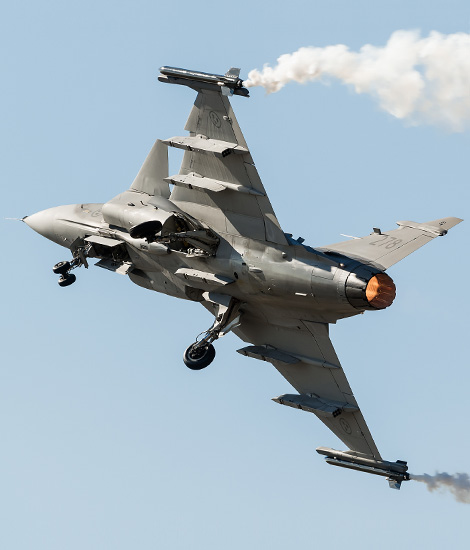
|
The Future of the Royal Air Force; RAF Fairford, July 15 & 16, 2018
RAF 100th Anniversary, part 5; Text and Photograph's by Alex van Noye
The vision for the future of the Royal Air Force runs parallel with the support of current British military operations in the entire world. For the future, fighter aircraft of the fifth generation will be introduced at the RAF. There is increasing focus on network-enabled options and greater interoperability with NATO members.
The current RAF is a lot more compact than the organization has ever been in its rich history. The focus has shifted over the years from a large air force to a smaller and very mobile air force which can be deployed anywhere in the world. To achieve this, substantial investments have been made in recent years in the development and purchase of various tankers and transport aircraft. Future transport options will depend on the Airbus A400M Atlas. 22 aircraft of this type are being purchased, the first of which are already in service at the RAF. The Atlas will replace a part of the obsolete Hercules C1/C3 (C-130K) aircraft. The Airbus A400M will increase the capacity and range of the airlift fleet compared to the older versions of the Hercules. It is expected that the cargo capacity will double compared to existing aircraft, both in terms of payload and volume. The A400 will operate in the heavy transport role alongside the current fleet of eight C-17A Globemaster III transport aircraft. These two aircraft will in the future become the backbone of British strategic transport capacity. Despite the phasing out of part of the Hercules fleet, this type will continue to play an important role. In total, fourteen C-130J Hercules tactical transport aircraft will remain in service. The outdated Tristar and VC-10 tanker fleet has been phased out. These aircraft have now been replaced by fourteen Airbus A330 Voyager MRTT transport and tank aircraft. With the arrival of the F-35 at the RAF, chances are that the British tankers will be updated with a boom system. So far, the Voyagers are only equipped with the drogue refuelling system.
The most important fighter plane of the RAF at the moment is the Typhoon. This multi-role aircraft is nowadays responsible for most of the British air defense tasks. The Eurofighter Typhoon is a very maneuverable aircraft designed to be extremely effective in a dogfight. The aircraft produced later are increasingly equipped to perform air strikes on ground targets. The aircraft can now be equipped with new weapons
|
|
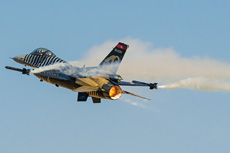
|
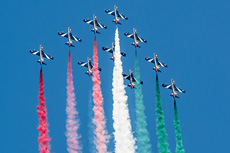
|
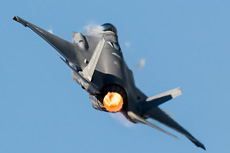
|
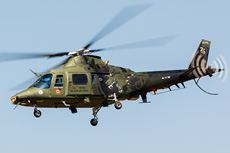
|
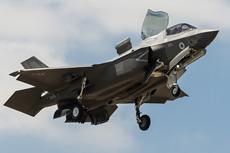
|
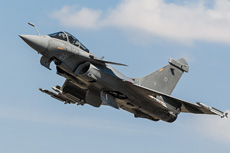
|
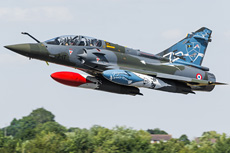
|
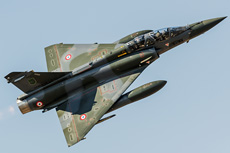
|
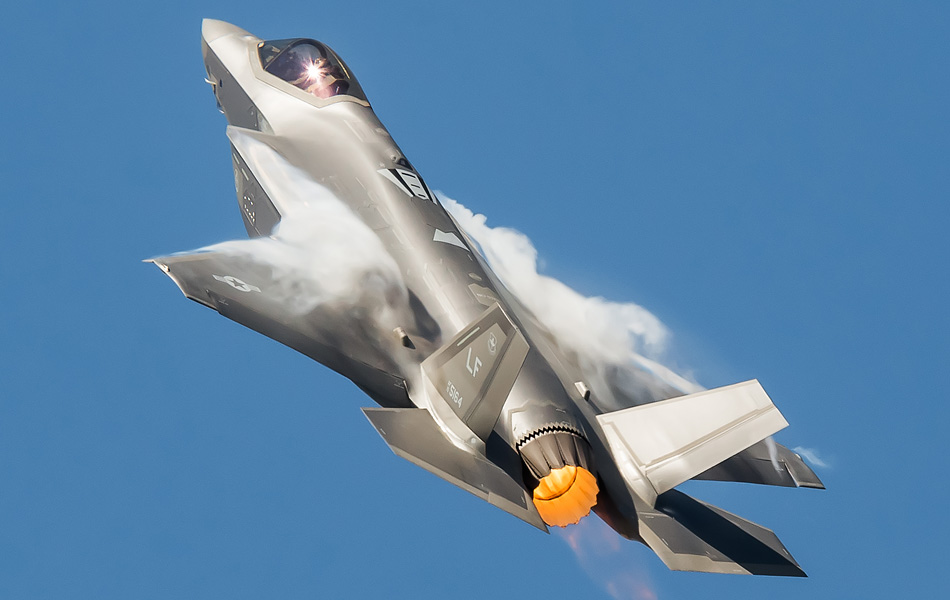
|
such as the Storm Shadow and the Brimstone. In addition to the Typhoon, the F-35B Lightning II will also enter the RAF in the coming years. The originally chosen version was the Short Take Off Vertical Landing (STOVL) variant of the F-35 which is known as the F-35B. On October 19, 2010, it was announced that the UK would change to the F-35C CATOBAR carrier variant for both the RAF and the Royal Navy. In May 2012 it was announced that the government had fallen back on the earlier plans to buy the Short Take Off Vertical Landing F-35B. After a difficult start, in 2018 the first aircraft finally arrived in Great Britain. The F-35s will replace the Harriers which have already been taken out of service in 2010 and will operate from the aircraft carriers. In addition to the Harrier, the F-35B will also replace the Tornados in the RAF in the strike role. In addition to the Typhoon and the F-35B, the RAF has also been using the Hawk T2 for several years now. This aircraft has entered service as a follow-up to the Hawk T1 and can be used in the lightning attacking role in addition to the training task.
For the Early Warning task the RAF is currently using the E-3D Sentry. Seven aircraft of this type are in use for monitoring the British airspace. In addition to the Early Warning aircraft, the RAF also has a few types of surveillance aircraft in use for various forms of airborne observations. The Sentinel R1 is a modified Bombardier Global Express. The Sentinel is compatible with other allied systems such as JSTARS and the NATO Alliance Ground Surveillance (AGS) system. The RAF has five of these aircraft in use for the surveillance task. In addition to the Sentinel, the RAF also uses four more King Air 350CERs (Shadow R1). These aircraft are equipped for intelligence, surveillance, target acquisition and reconnaissance missions. Later the fleet was expanded to six aircraft in July 2013. The last acquisition in the surveillance fleet is the RC-135 River Joint. A total of three Boeing RC-135 are in use as a replacement for the Nimrod from 2014. The aircraft is a modified version of the Boeing C-135 Stratolifter with sensors on board which allows the crew to detect, identify and locate signals in the electromagnetic spectrum. For patrolling the British coasts, the RAF will soon purchase the P-8 Poseidon. These aircraft are based on the Boeing 737 and will replace the now phase-out Nimrod at the RAF. The RAF plans to use its P-8s primarily with US weapons such as MK54 torpedoes and Harpoon anti-ship missiles.
In addition to aircraft, the RAF also has a fleet of helicopters that play an important role in the air force nowadays and in the future. The oldest helicopters which are still in use at the RAF are the Pumas. These utility helicopters will be upgraded to the Puma HC2 standard in the coming years. The plan is that the helicopters will remain in service until 2025. The type that the Puma has to replace is not yet known at this time. On December 16, 2009, the British Department of Defense announced that 22 Chinook helicopters would be added to the current Chinook fleet. The total number of Chinooks with which the RAF operates, therefore, reached over 70 helicopters in 2013. However, in 2010, the order was reduced to fourteen helicopters. The new aircraft entered service from the end of 2014. In 2006, the phasing out of the HC2 and HC2A fleet was scheduled for 2015 and 2025. With a number of upgrades to a digital cockpit and a digital automatic flight control system the helicopters are expected to continue to fly until 2040. The Chinook fulfills an important task when it comes to the heavy transport task. Finally, a number of changes will also take place at the RAF in the field of training. Types such as the Tutor T1, the Tucano T1, the Hawk T1 and the Beechcraft King Air will be replaced in the coming years by newer types. By continuously adapting, the RAF is ready for deployment for all future missions in the modern world. The RAF is nowadays a compact and quickly deployable air force anywhere in the world.
|
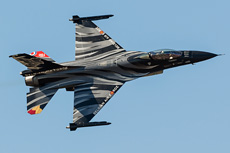
|
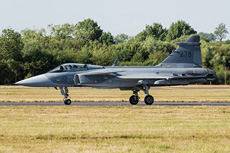
|
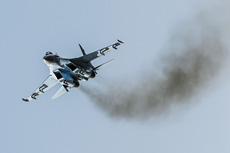
|
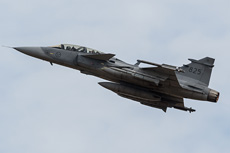
|
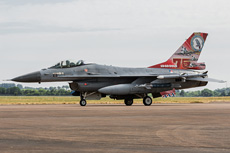
|
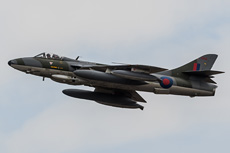
|
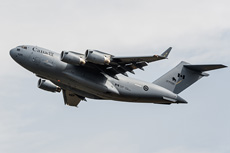
|
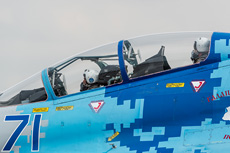
|
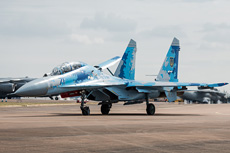
|
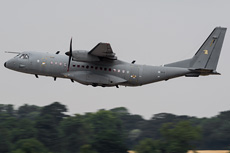
|
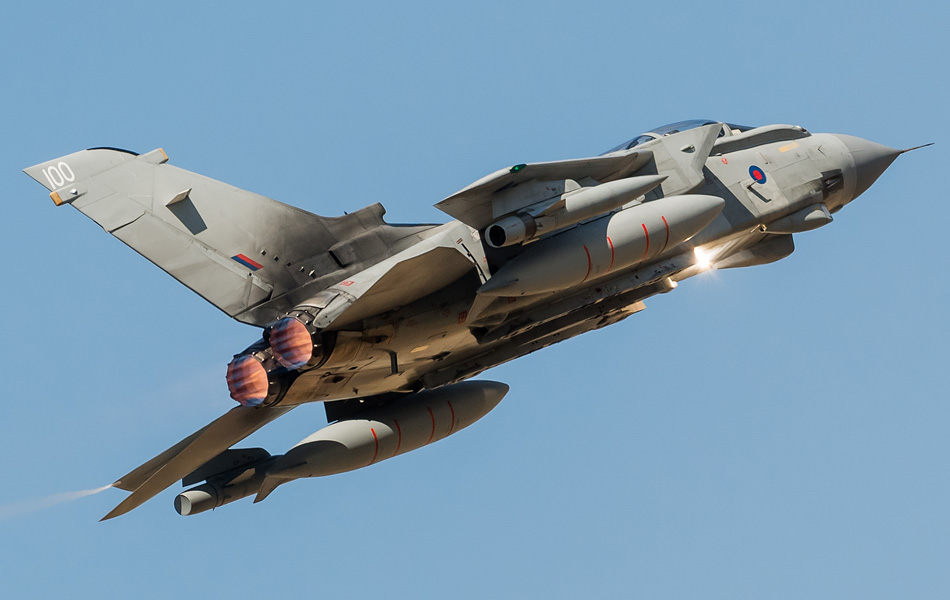
|
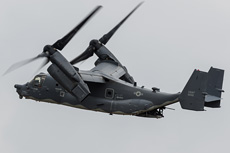
|
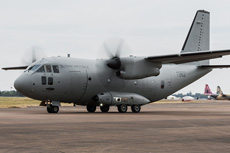
|
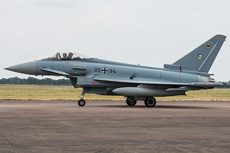
|
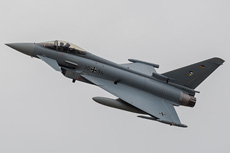
|
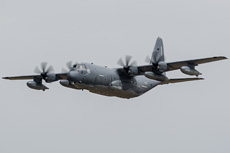
|
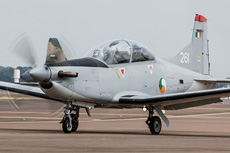
|
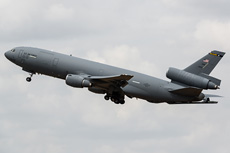
|
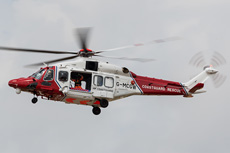
|
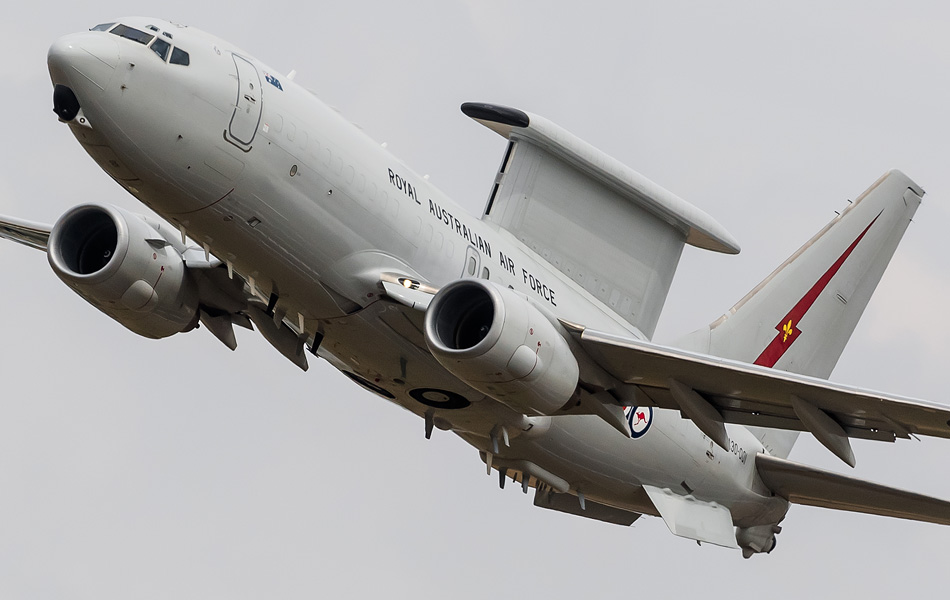
|
|
|

|







